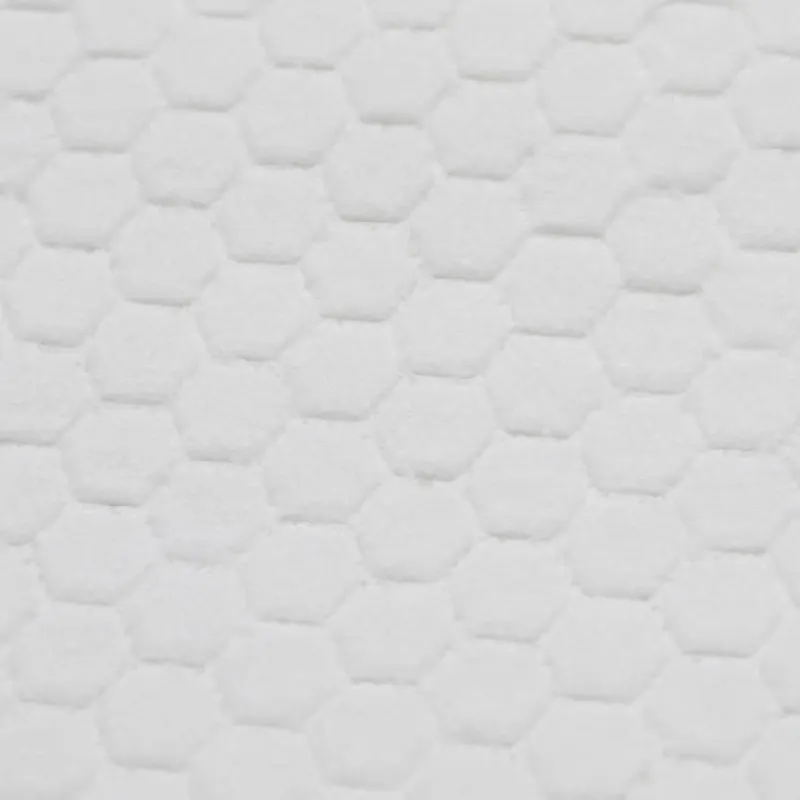
- Afrikaans
- Arabic
- Belarusian
- Bengali
- Czech
- Danish
- Dutch
- English
- Esperanto
- Estonian
- Finnish
- French
- German
- Greek
- Hindi
- Hungarian
- Icelandic
- Indonesian
- irish
- Italian
- Japanese
- kazakh
- Rwandese
- Korean
- Kyrgyz
- Lao
- Latin
- Latvian
- Malay
- Mongolian
- Myanmar
- Norwegian
- Persian
- Polish
- Portuguese
- Romanian
- Russian
- Serbian
- Spanish
- Swedish
- Tagalog
- Tajik
- Thai
- Turkish
- Turkmen
- Ukrainian
- Urdu
- Uighur
- Uzbek
- Vietnamese
Is Artificial Grass a Safe and Comfortable Choice for Dogs?
Nov . 25, 2024 03:46 Back to list
Is Artificial Grass Good for Dogs?
As pet owners, ensuring a safe and healthy environment for our furry companions is a top priority. One question that often arises is whether artificial grass is a suitable surface for dogs. With its increasing popularity, especially in urban areas where natural grass can be hard to maintain, many dog owners are considering switching to synthetic turf. But is it truly a good choice? Let’s explore the benefits and potential drawbacks of artificial grass for dogs.
Benefits of Artificial Grass for Dogs
1. Durability and Longevity One of the major advantages of artificial grass is its durability. Unlike natural grass, which can get muddy, patchy, or die off during extreme weather, artificial turf can withstand a great deal of wear and tear. Dogs are known for their playful antics which can destroy natural grass in no time. Synthetic grass, on the other hand, is designed to endure heavy foot traffic and vigorous play.
2. Easy to Clean Cleaning up after pets is a significant consideration for dog owners. Traditional grass can turn into a muddy mess after it rains, making it difficult to clean. In contrast, artificial grass is much easier to maintain. Waste can be picked up easily, and the grass can be rinsed off with water to eliminate odors. Many artificial grass products are also designed with drainage systems that allow for seamless water flow, preventing puddles and keeping your yard hygienic.
3. Year-Round Use Artificial grass provides a consistent playing surface year-round. Whether it’s the height of summer or the dead of winter, there’s no need to worry about brown patches or muddy fields. This is particularly advantageous for dogs who love to romp around outside regardless of the season.
4. No Pesticides or Chemicals With artificial grass, there’s no need for fertilizers, pesticides, or herbicides, which can be harmful to pets. This creates a safer environment for dogs to play and explore without the risk of exposure to toxic substances that may be present in treated natural grass.
5. Aesthetic Appeal Artificial grass can enhance the curb appeal of your home. It provides a lush green appearance throughout the year and can be designed to fit seamlessly with your landscaping. Many homeowners appreciate the neat, manicured look that synthetic turf offers.
artificial grass is it good for dogs

Potential Drawbacks
While there are numerous advantages to artificial grass, it’s also essential to consider the potential downsides.
1. Heat Retention One of the main concerns with artificial grass is heat retention. In hot weather, synthetic turf can become extremely hot, which may cause discomfort for dogs. It’s advisable to check the surface temperature before allowing your pet to play, especially in direct sunlight. Offering shade and providing water can help mitigate this issue.
2. Initial Cost The upfront cost of installing artificial grass can be significantly higher than natural grass, both in terms of materials and labor. However, it's essential to consider long-term maintenance savings when evaluating the overall investment.
3. Lack of Natural Feel Dogs are natural diggers and may feel compelled to scratch or dig at artificial grass, which could lead to potential damage. Additionally, some dogs might miss the sensory experience of playing on natural grass.
4. Chemical Concerns While many brands advertise pet-friendly options, some artificial grasses may still have chemicals or materials that could be harmful to pets. Researching and choosing a high-quality product that specifically states it is safe for animals is crucial.
Conclusion
In conclusion, artificial grass can be a great option for dog owners, providing a durable, low-maintenance, and aesthetically pleasing environment. It offers a practical solution for those tired of muddy paw prints and patchy grass, all while ensuring a safe space for dogs to play. However, it’s essential to address the concerns of heat retention and potential damage from digging. If you choose to make the switch, ensure you invest in a high-quality synthetic turf suited for pets. By weighing the pros and cons, you can make an informed decision that suits both your lifestyle and your dog's needs. In the end, whether you opt for artificial or natural, ensuring a safe and playful environment is what truly matters.
-
The Benefits of Artificial Turf for Indoors
NewsJul.15,2025
-
How Artificial Grass Suppliers Ensure Quality Products
NewsJul.15,2025
-
Artificial Grass and Pets: A Space for Relaxation
NewsJul.08,2025
-
Balcony & Outdoor Decoration with Artificial Grass
NewsJul.08,2025
-
Best Indoor Artificial Grass for Home
NewsJul.07,2025
-
Best Pet Turf for Dogs: Safe & Durable Artificial Grass Options
NewsJul.07,2025
Products categories









